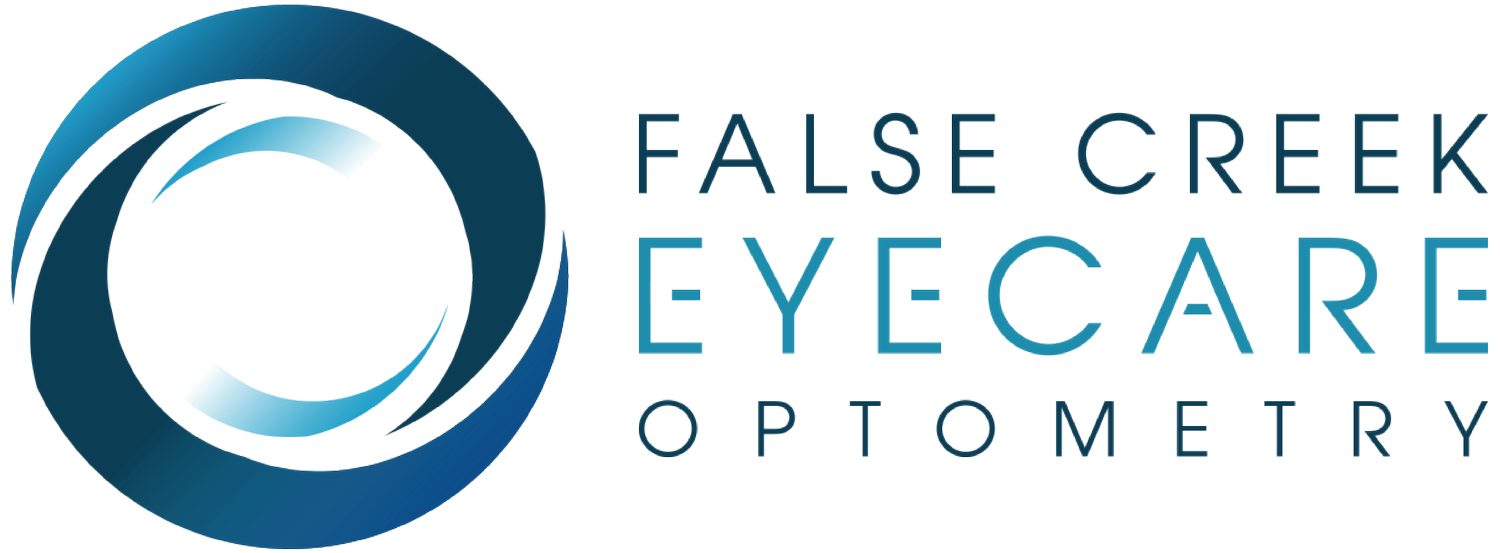
FREQUENTLY ASKED QUESTIONS
FAQs
-
It is recommended that adults have a comprehensive eye exam at least once every two years if they have no vision problems or risk factors for eye diseases. However, individuals with certain risk factors may need to have their eyes examined more frequently. These risk factors include:
Age 60 or older
A family history of eye diseases such as glaucoma or macular degeneration
Diabetes
A history of eye injuries or surgeries
Certain medications that can affect vision
It's important to note that even if you have no vision problems or risk factors for eye diseases, you should still have regular comprehensive eye exams to ensure that any potential problems are detected and treated early.
-
When a person has 20/20 vision, it means that they can see the same level of detail at 20 feet away that a person with normal vision can see at 20 feet away. In other words, they can read the smallest line of letters on the Snellen chart from a distance.
It's important to note that visual acuity is just one aspect of overall eye health and that other factors, such as depth perception and peripheral vision, also play a role in our ability to see and navigate the world around us.
-
A contact lens exam is a specialized eye exam that focuses on fitting and prescribing contact lenses. This type of exam is necessary for individuals who want to wear contact lenses instead of glasses or to replace an existing contact lens prescription. A contact lens exam typically includes the following:
Comprehensive Eye Exam: The first step is a complete eye exam, which includes a review of your medical and visual history, an assessment of your visual acuity, and an examination of your eye health.
Contact Lens Fitting: A contact lens fitting will determine which type of contact lenses are best suited for your individual needs, based on factors such as your prescription, eye shape, and lifestyle.
Contact Lens Prescription: The doctor will determine the precise contact lens prescription, which includes the type of lens, the lens power, and the curvature of the lens.
-
During an optometry eye exam, the optometrist will typically perform several tests and measurements to assess your visual acuity, eye health, and any potential vision problems. Some of the key measurements taken during an optometry eye exam may include:
Visual Acuity: This test measures how well you can see letters and numbers on an eye chart, which is used to determine your visual acuity.
Refraction: This test determines your eyeglass prescription by using lenses of different powers to determine the precise amount of nearsightedness, farsightedness, and astigmatism.
Eye Muscle Movement: This test evaluates the movement and alignment of your eyes, which is important for proper binocular vision.
Binocular Vision: This test assesses how well your eyes work together, including depth perception and the ability to focus on near and distant objects.
Pupil Evaluation: This test examines the size, shape, and reaction of your pupils to light, which can provide important information about the health of your eyes.
Eye Health: This includes a thorough examination of the front and back of your eyes, including the retina, optic nerve, and blood vessels, to identify any signs of eye diseases or disorders.
Overall, the optometry eye exam is a comprehensive evaluation of your vision and eye health, and the results are used to determine any necessary treatment or recommendations for corrective lenses or other interventions.
-
Here are some common terms and how to read an eyeglass prescription:
OD and OS: These are abbreviations for "oculus dexter" (right eye) and "oculus sinister" (left eye), respectively.
Sphere (SPH): This indicates the degree of nearsightedness (-) or farsightedness (+) and is measured in diopters. If the number is negative, it indicates nearsightedness, and if it is positive, it indicates farsightedness.
Cylinder (CYL): This indicates the degree of astigmatism, which is an irregular curvature of the cornea. This measurement is also in diopters.
Axis: This indicates the orientation of the astigmatism, measured in degrees from 1 to 180.
Add: This indicates the additional magnifying power for reading or close work, measured in diopters.
-
Presbyopia is a common age-related condition that affects the eyes' ability to focus on close objects. It occurs as a natural part of aging, usually starting around the age of 40.
Presbyopia develops when the lens of the eye, which normally changes shape to allow for focusing on objects at different distances, gradually becomes less flexible and more rigid with age. This makes it harder for the eye to change focus from distance to near objects.
The symptoms of presbyopia include difficulty seeing small print, eyestrain, and headaches, particularly when reading or working on close objects for long periods. Other symptoms may include the need to hold reading materials farther away from the eyes, difficulty seeing in low light conditions, and fatigue or eye strain after doing close work for extended periods.
-
Optician: Opticians design, fit, and dispense eyeglasses based on prescriptions written by optometrists or ophthalmologists. They also provide advice on eyewear selection and maintenance.
Optometrist: Optometrists in Canada are primary eye care providers who have a Doctor of Optometry (OD) degree. They are trained to diagnose and manage common eye conditions, prescribe eye medications, eyeglasses and contact lenses, and co-manage complex eye conditions with ophthalmologists.
Ophthalmologist: In Canada, ophthalmologists are surgical doctors who specialize in the diagnosis and treatment of eye diseases. They prescribe medications, perform surgeries, and provide medical and surgical management for a wide range of eye conditions.
Overall, in Canada, opticians, optometrists, and ophthalmologists work together to provide comprehensive eye care services to patients. Patients may see an optometrist for routine eye exams and vision correction, while ophthalmologists may be consulted for more complex eye conditions or surgeries.
-
Routine eye examinations are not a MSP benefit for individuals aged 19 to 64 years. Refractive change (needing glasses or contact lenses) does not meet the MSP medically required criteria. BC seniors who are 65 or older and BC children under the age of 19 have annual benefits towards the eye examination cost through MSP. Eye emergencies are also partially covered for all BC residents of any age. Please call the office for further details regarding the co-pay fees.
We also assist in obtaining approval with BC Social Services (Ministry of Human Resources) and First Nations Health Authority for coverage of your eye examination and/or eyewear. Please call the office for further details regarding the co-pay fees.
-
Yes, we offer direct billing for the following companies: Pacific Blue Cross, Manulife, Canada Life/Great West Life, Sun Life Financial, Industrial Alliance, Green Shield, Chambers of Commerce, Desjardins Insurance , Empire Life and a few more!
Every insurance plan and coverage is customized, so we recommend contacting your provider prior to the appointment should you have specific questions regarding your insurance details.
